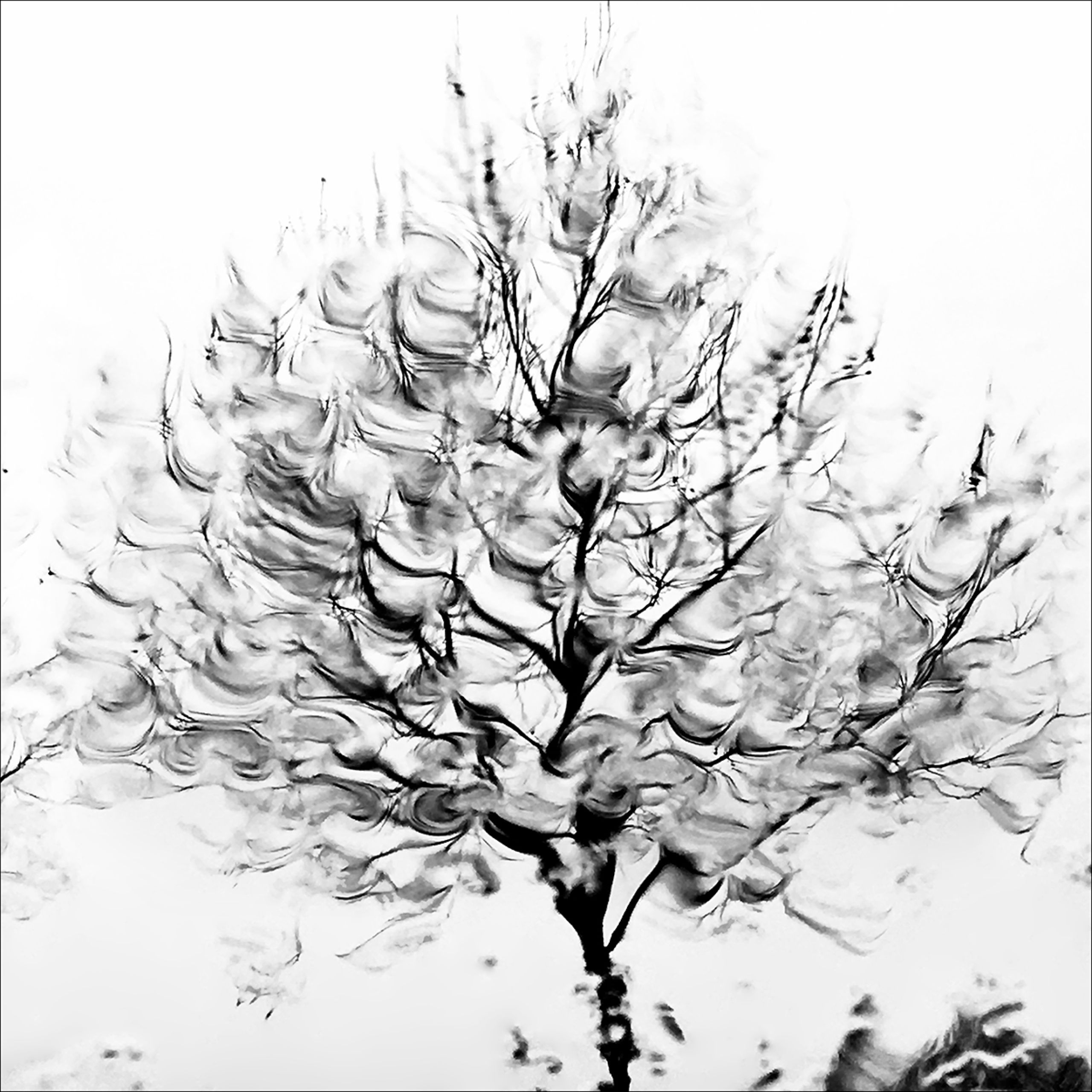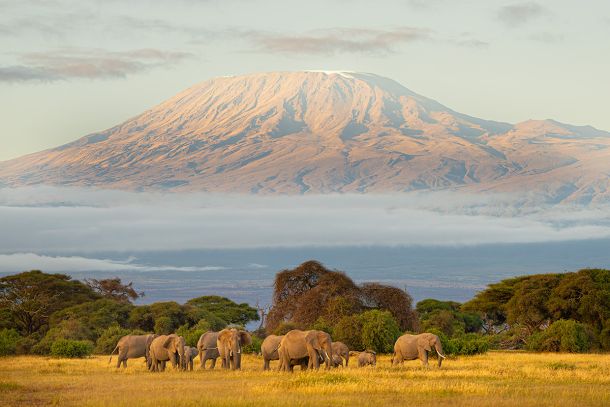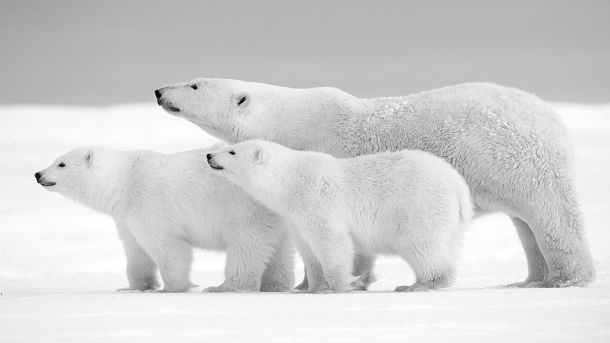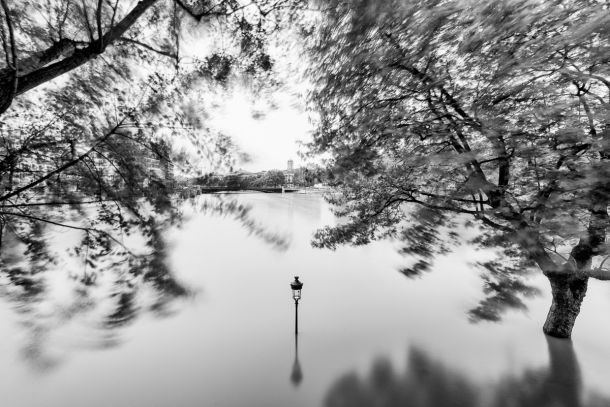Women Photographers in the History of Photography

Jeux d’Ô – Swell – Photo: © Éléonore Mehl
From the pioneers of the Victorian era to today’s artists, women photographers have played a vital role in the history of photography. They invented visual languages, took physical risks, and told stories no one else dared to show. They also proved that the image could be a space of power.
Table of Contents
- Pioneers (1840-1910)
- Modern and Avant-Garde (1910-1945)
- Post-War and Grand Narratives (1945-1970)
- Revolutions in Perspective (1970-2000)
- Contemporary Generations (2000-Today)
- A Current Reality: Why Women Are Still Less Visible in Galleries
- Focus: Éléonore Mehl, From Large Format to Poetic Instants
- Key Themes and Legacy
- Conclusion
Despite this rich history, recognition remains incomplete.
Even today, a gallery like “Une image pour rêver,” which promotes limited-edition fine art photography, receives far more submissions from male photographers than from female ones. Men reach out spontaneously, present their work, and immediately envision selling art. Women photographers tend to come forward much later in their careers—if at all. This imbalance still exists in 2025.
This is why the gallery takes a clear stance: to make room for female perspectives without labeling them as “feminine.” Today, the gallery represents the work of Éléonore Mehl alongside six male photographers. This figure alone tells two stories: the distance we’ve traveled, and how far we still have to go.
Pioneers (1840-1910)
In the mid-19th century, when photography was still a complex and technical process, women were quick to embrace it.
In England, Anna Atkins published botanical cyanotypes in the 1840s. Her work is considered one of the first books entirely illustrated with photographic images. She wasn’t someone’s assistant—she was the author.
In the 1860s, Julia Margaret Cameron revolutionized portraiture. She worked with light as a material, embraced blur, and prioritized emotion over technical perfection. In an era obsessed with sharpness, she asserted the value of sensitivity.
In France, the name Nadar is well known. But behind Nadar were also Ernestine and Adrienne Tournachon (known as Nadarine), who worked in the studio, managed shoots, and helped build that reputation.
By the late 19th and early 20th centuries, many women ran their own studios—especially in spa towns, resorts, or industrial cities. Photography became for them a profession, a source of financial autonomy, and sometimes social independence. Being a photographer was already an act of empowerment.
Modern and Avant-Garde (1910-1945)
The 20th century changed everything: photography became an artistic, political, and journalistic tool, and women claimed their place in it.
In the U.S., Imogen Cunningham, a member of Group f/64, photographed materials, plants, metal, and skin. She developed a precise, sensual, and geometric aesthetic.
In Mexico, Tina Modotti used photography as a revolutionary tool. Her work lay at the intersection of visual poetry and political activism.
Gerda Taro covered the Spanish Civil War in the 1930s. She is considered the first female war photographer to die on the front lines. Many of her images were long attributed to Robert Capa. It took decades to properly credit her work.
Berenice Abbott documented a rapidly changing New York, capturing its architecture, verticality, and the pace of modern urban life.
Lisette Model turned her lens on real bodies and unfiltered faces. She rejected fake glamour and photographed humanity as it truly is—sometimes in an unsettling way.
These women didn’t just “illustrate the world.” They redefined what photography had the right to show.
Post-War and Grand Narratives (1945-1970)
After World War II, photography became a means of memory. Bearing witness became vital.
Lee Miller is emblematic. Initially a model and later a muse in surrealist circles, she became a war correspondent. She photographed the liberation of Paris and Nazi camps after they were opened. Her images are not just historical; they also bear the psychological weight of trauma.
Margaret Bourke-White produced major photo essays for Life magazine. She photographed American heavy industry, Stalin, Gandhi, and apartheid. She embodied a generation of women who broke into traditionally male-dominated spaces.
Dorothea Lange, known for her Depression-era images, continued to document social injustice with an honest and unsentimental eye after the war.
In France, Sabine Weiss and Martine Franck captured everyday life with tenderness and clarity. Often labeled as “humanist photography,” their work wasn’t just aesthetic kindness, it expressed the belief that every person matters.
Revolutions in Perspective (1970-2000)
Starting in the 1970s, the boundaries of photography exploded, documentary, fiction, self-portrait, performance all blended together.
Diane Arbus photographed those marginalized by society: freak show performers, drag queens, people deemed “abnormal.” She forced viewers to see them directly, not as curiosities.
Cindy Sherman used her own image as an experimental space. She staged herself in stereotypical roles (the fragile woman, the ingénue, the film noir victim, etc.) to expose how culture constructs the image of “woman.”
Nan Goldin chronicled her own life and that of her close circle—love, desire, addiction, intimate violence, AIDS. She documented communities (LGBTQ+, artists, HIV-positive people) that mainstream media ignored or distorted. Her work made the personal political.
Sarah Moon reinvented fashion photography. She didn’t just sell clothes; she told a mood. Blur, texture, nostalgia, and fragile beauty, her poetic visual style remains influential today.
Bettina Rheims explored the body, desire, gender, and the power of the feminine. She played with the codes of seduction and subverted them.
Jane Evelyn Atwood committed to long-term, difficult subjects, incarcerated women, street prostitution, disability, war wounds. She took time to understand before showing.
And then, the unique case of Vivian Maier. A nanny in Chicago, she photographed all her life without seeking recognition. Her negatives were discovered posthumously, revealing a vast body of subtle, tender, and well-composed street photography. Her story proves how great works can remain invisible simply because no institution took notice.
Contemporary Generations (2000-Today)
Today, “female photography” doesn’t imply a specific style. It means: women occupying visual space, without asking permission.
In Mexico, Graciela Iturbide explores cultural identity, rituals, and spirituality. Her work oscillates between documentary and myth.
In South Africa, Zanele Muholi speaks of “visual activism.” Their powerful, dignified portraits offer proud visibility to LGBTQIA+ individuals. Here, the portrait is not decorative, it’s a statement of existence.
LaToya Ruby Frazier documents her own family and post-industrial American cities. She captures the effects of structural racism, factory closures, and political neglect. Her work is both social and intimate.
In Japan, Rinko Kawauchi focuses on the almost invisible: a bird in flight, morning light on a table, a child’s hand. She reminds us that visual poetry is not minor, it’s essential.
In Europe, photographers like Valérie Belin, Hannah Starkey, Leila Alaoui (who passed away in 2016), and SMITH explore identity, body representation, migration, and our relationship to place. Some use sophisticated staging; others remain rooted in reality. Many intentionally blur the line between the two.
What’s changed since the 2000s is also control. Women photographers now publish their own books, curate their own shows, self-archive, and use social media for distribution. They no longer wait for institutions to validate their existence.
A Current Reality: Why Women Are Still Less Visible in Galleries
You might think all this has been resolved by 2025. Not quite.
In practice, many galleries still receive far more applications from men. That’s precisely what “Une image pour rêver” observes.
Internal figures show a stark imbalance: for every woman who applies to exhibit, about six men do. Male photographers propose themselves, submit portfolios, discuss pricing, recognition, and collectors. Female photographers come forward much less, even when their work is just as strong.
This isn’t a quality issue. It’s about access, confidence, and sometimes self-legitimization. Some women have been working for decades but never considered submitting their personal work to a gallery. They’ve done the work, but not the claim.
This is exactly where a gallery plays a role, not to fill quotas, but to ensure these essential voices are not overlooked.
Focus: Éléonore Mehl, From Large Format to Poetic Instants
Among the artists represented by “Une image pour rêver” is Éléonore Mehl, a French photographer and founder of Studio Tamos.
Born in Nancy, eastern France, she grew up in the Paris region and graduated from the Gobelins School in Paris in 1988, a world-renowned institution in visual arts.
She began her career alongside Bernard and Sophie Rossi, founders of Studio Bernard Rossi, known for their work in still life and lifestyle photography. For nearly ten years, Éléonore honed a deep mastery of light, precision, and composition. She learned the discipline of high-end studio work.
In 1998, she launched her own studio, specializing in large-format photography for the beauty and luxury industries. Her signature: technically impeccable, elegant, and refined images, never cold. She became a reference in a field where technical precision is non-negotiable.
Then came a shift. In 2017, during a rainy day, she took a photo… with an iPhone. No large format camera, no complex flashes. Just a gesture, a glance, a drop. That moment sparked the “Jeux d’Ô” series.
“Jeux d’Ô” is something else entirely. No longer a commercial assignment, it’s personal freedom. She explores water, blur, transparency, and materiality, pushing toward poetic abstraction. Reflections become paintings. Rain becomes visual calligraphy. It’s no longer about describing reality, it’s about feeling it.
Since then, Mehl has pursued this personal work as an intimate laboratory. In the studio or outdoors, she seeks poetic realism and the fragile beauty of unique moments. She allows accidents, motion, and living imperfection. Her style lies somewhere between minimalism and raw emotion.
This is exactly the kind of perspective “Une image pour rêver” wants to highlight: the eye of a woman photographer who mastered technique and commercial demands, and now claims a freer, more sensitive expression.
Key Themes and Legacy
Breaking technical boundaries
Women were not just assistants or models, they handled processes, invented methods, mastered light, and experimented with media.
Reinventing the portrait
From Julia Margaret Cameron to Cindy Sherman, the portrait became a space to question and perform identity. It’s no longer “this is their face” but “this is how we present ourselves, or how the world makes us.”
Making the personal political
Tina Modotti, Nan Goldin, Zanele Muholi, and LaToya Ruby Frazier proved that a body, a family, a community, or personal pain can become a public statement. Showing one’s life is a form of resistance.
Repairing the erasure
The official history of photography long ignored or minimized major women photographers. Today, exhibitions, books, galleries, and archives are working to restore balance. This isn’t rewriting, it’s restitution.
Conclusion
The history of photography isn’t just a list of great male names. It is shaped by women who spoke through images—often without permission, sometimes without protection, and almost always without guaranteed recognition.
Even today, a simple truth remains: galleries overwhelmingly receive submissions from men, far fewer from women. As a result, visibility remains unequal.
That’s why we must keep exhibiting, publishing, telling, and defending these female perspectives—not as a separate category, but as what they truly are: an essential, foundational, and living part of the history of photography.
As long as this imbalance exists, a gallery like “Une image pour rêver” will continue to say clearly: these voices exist. They are here. They deserve to be seen on your walls.



